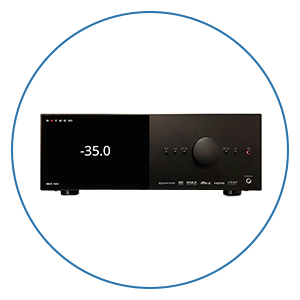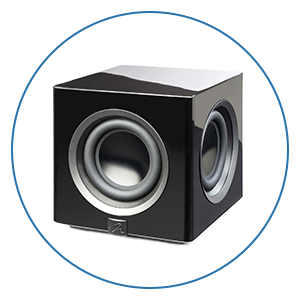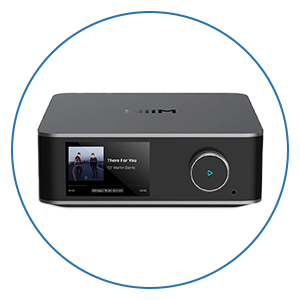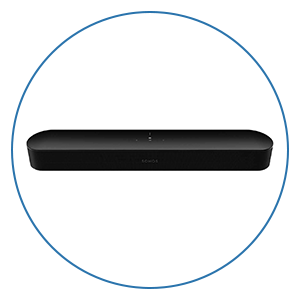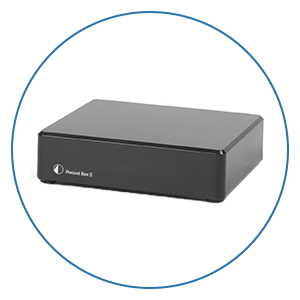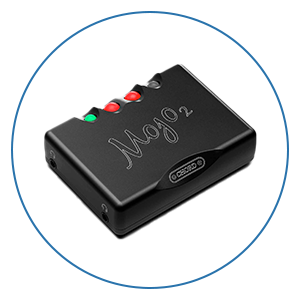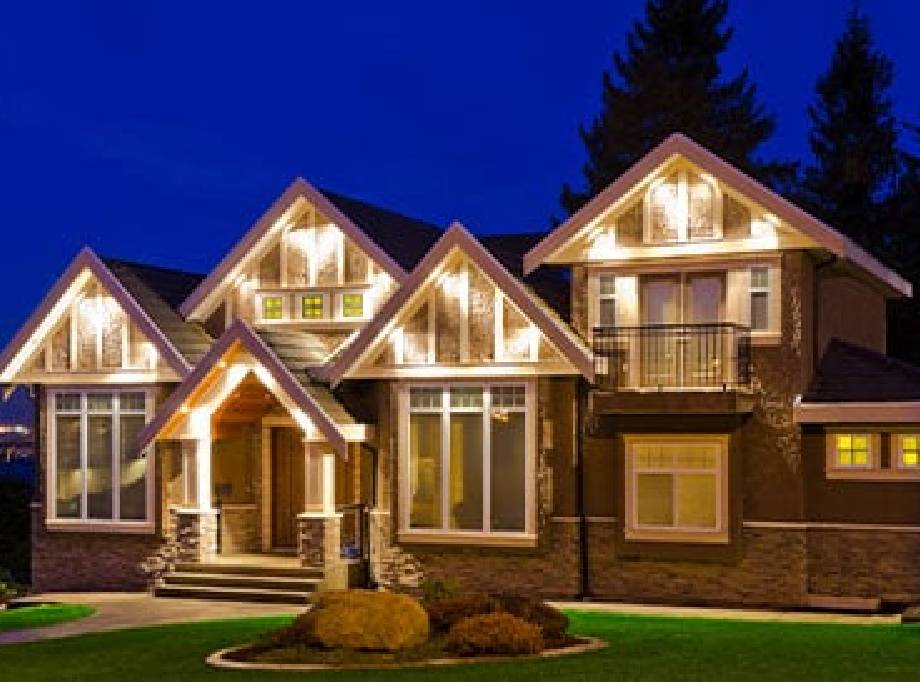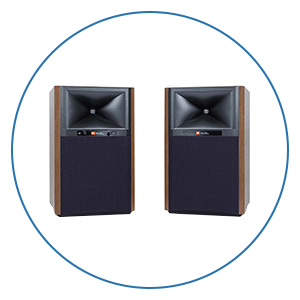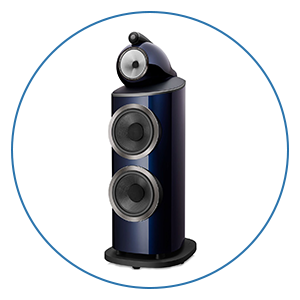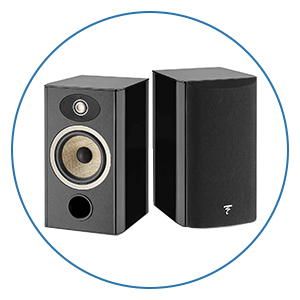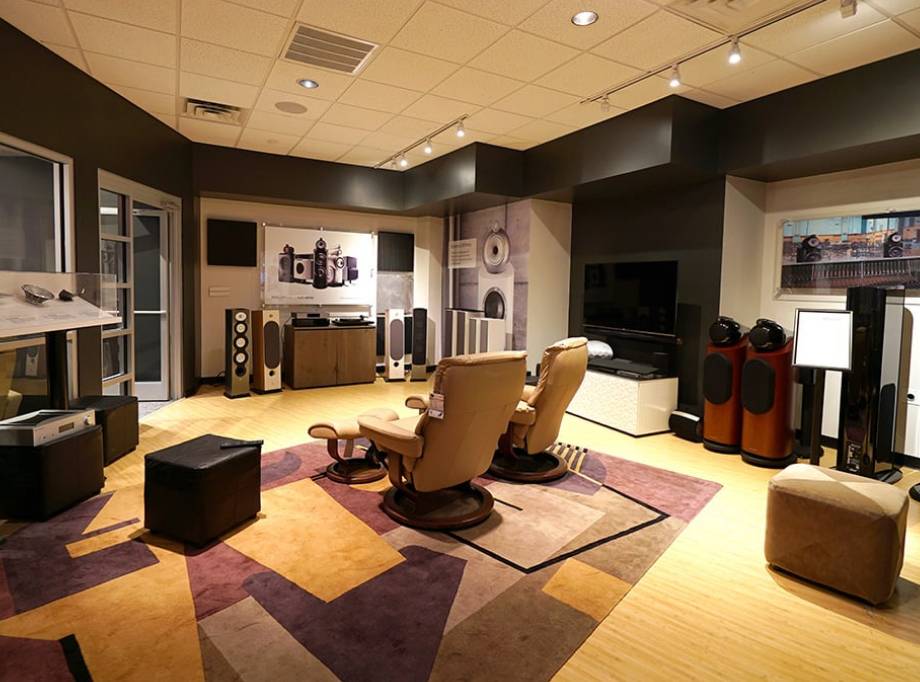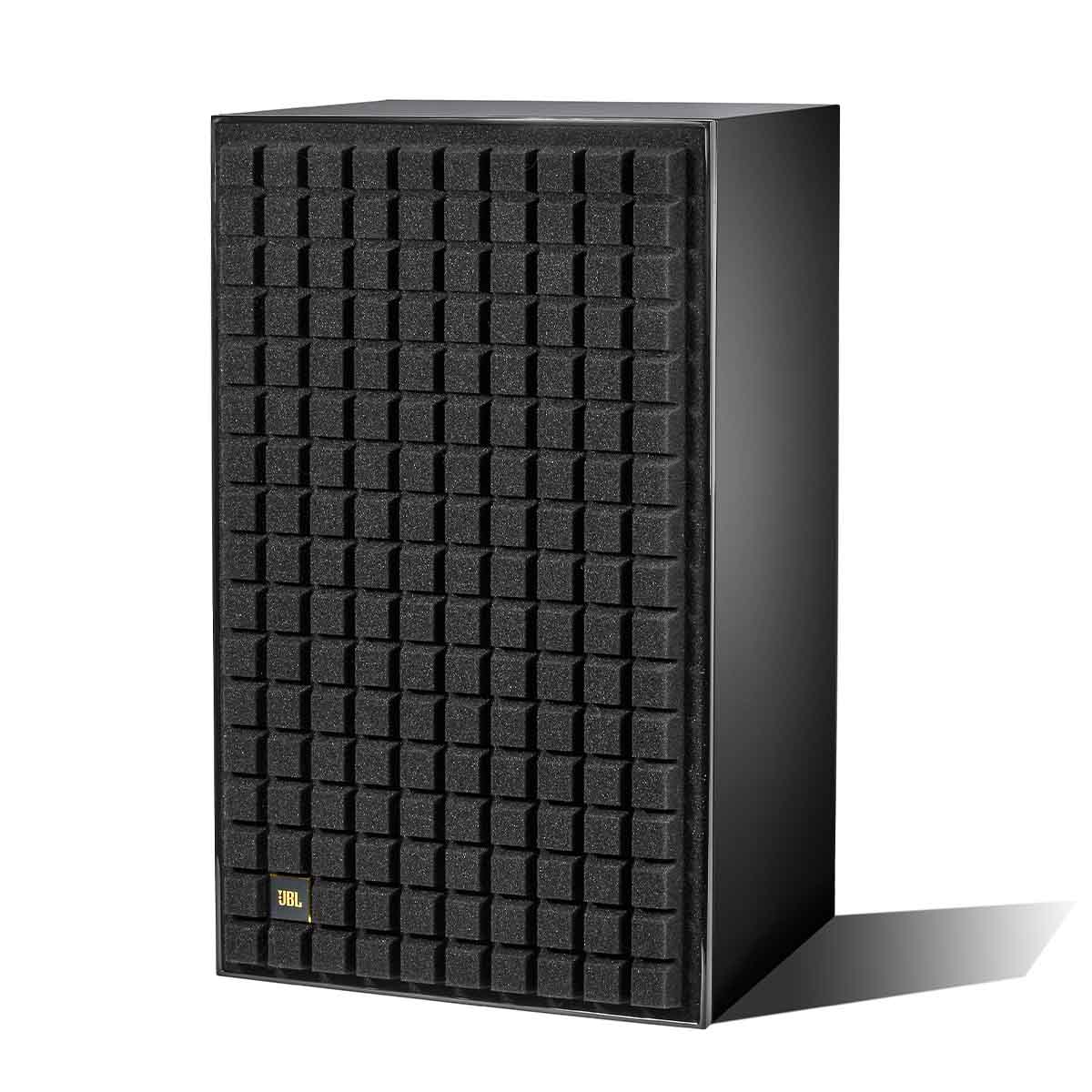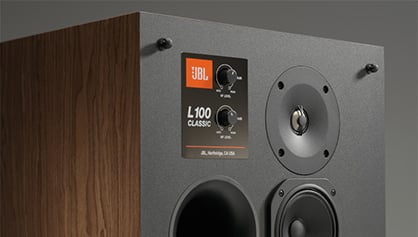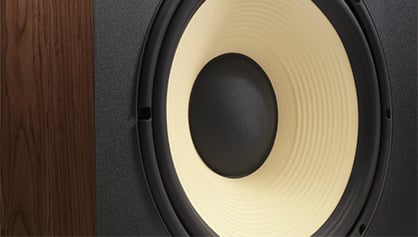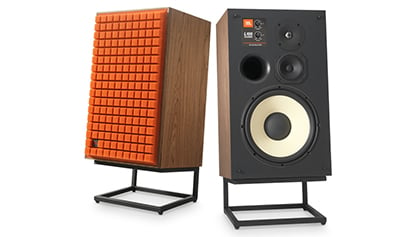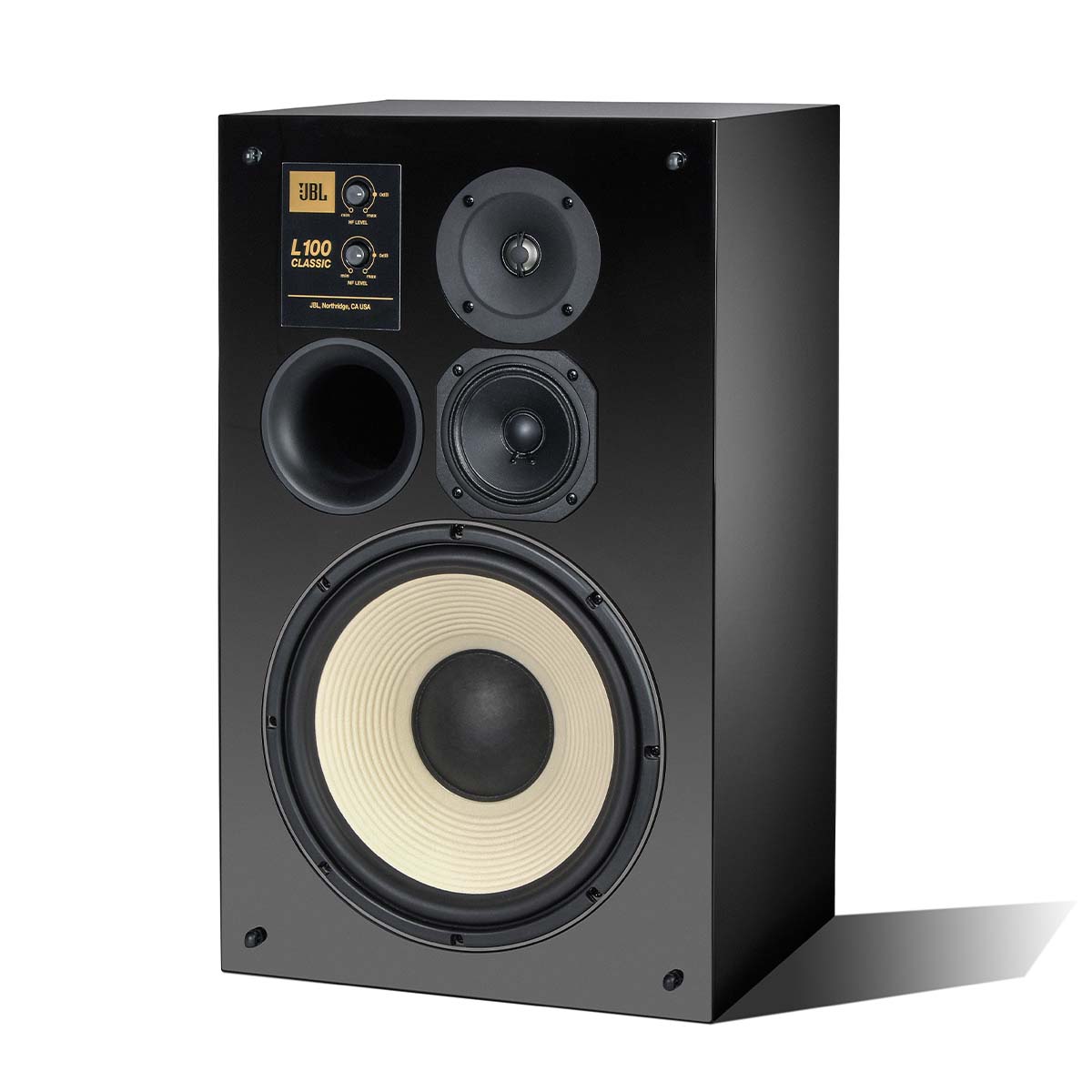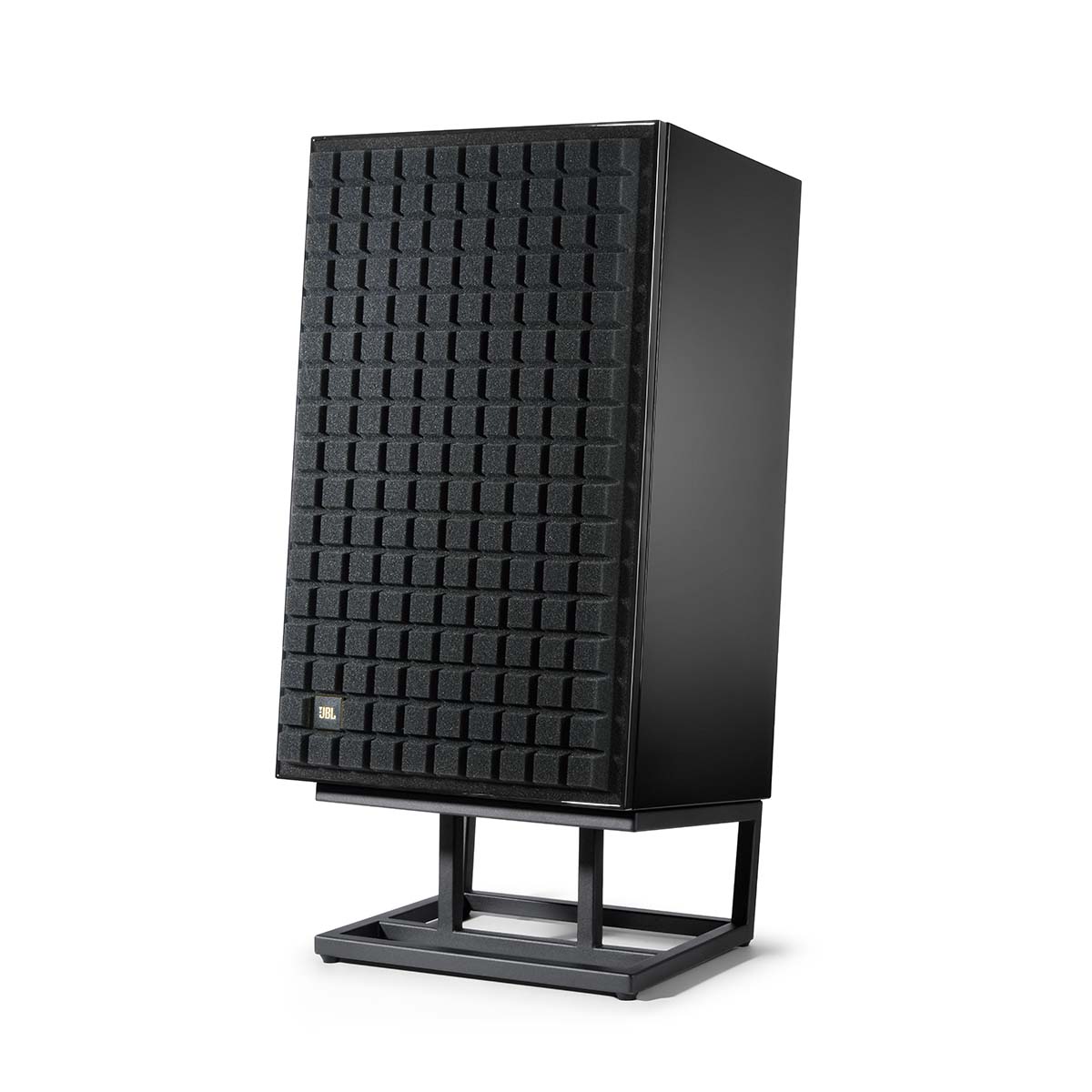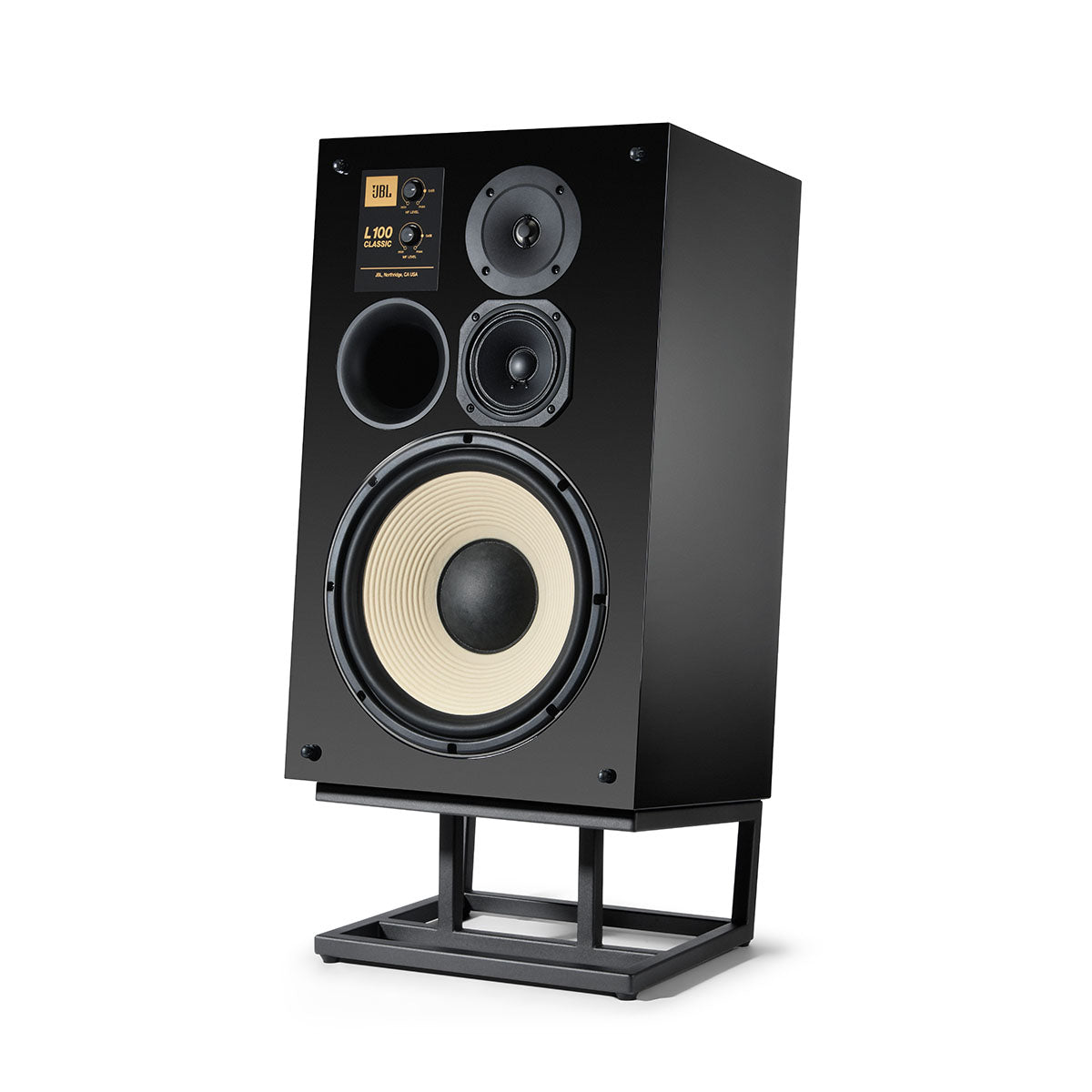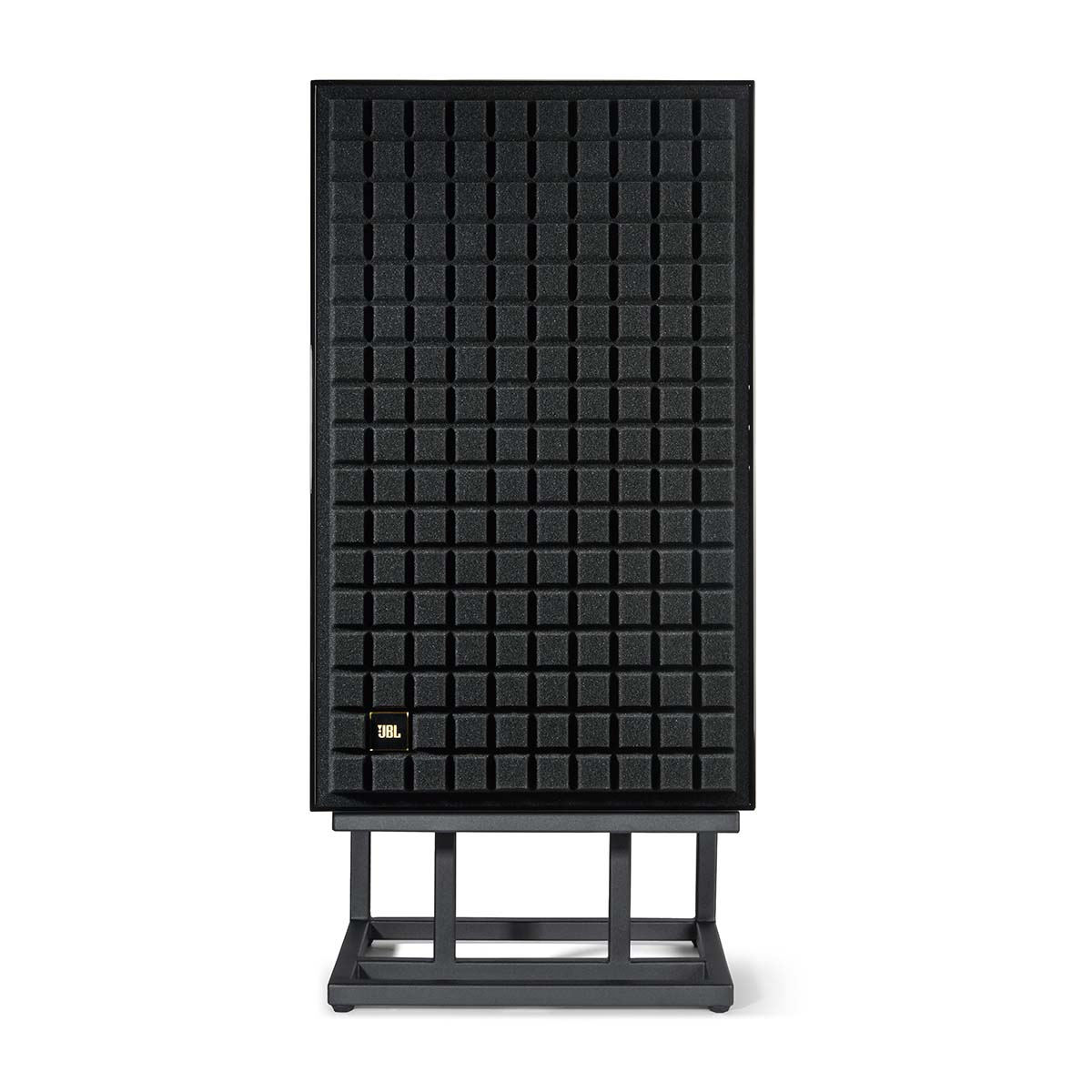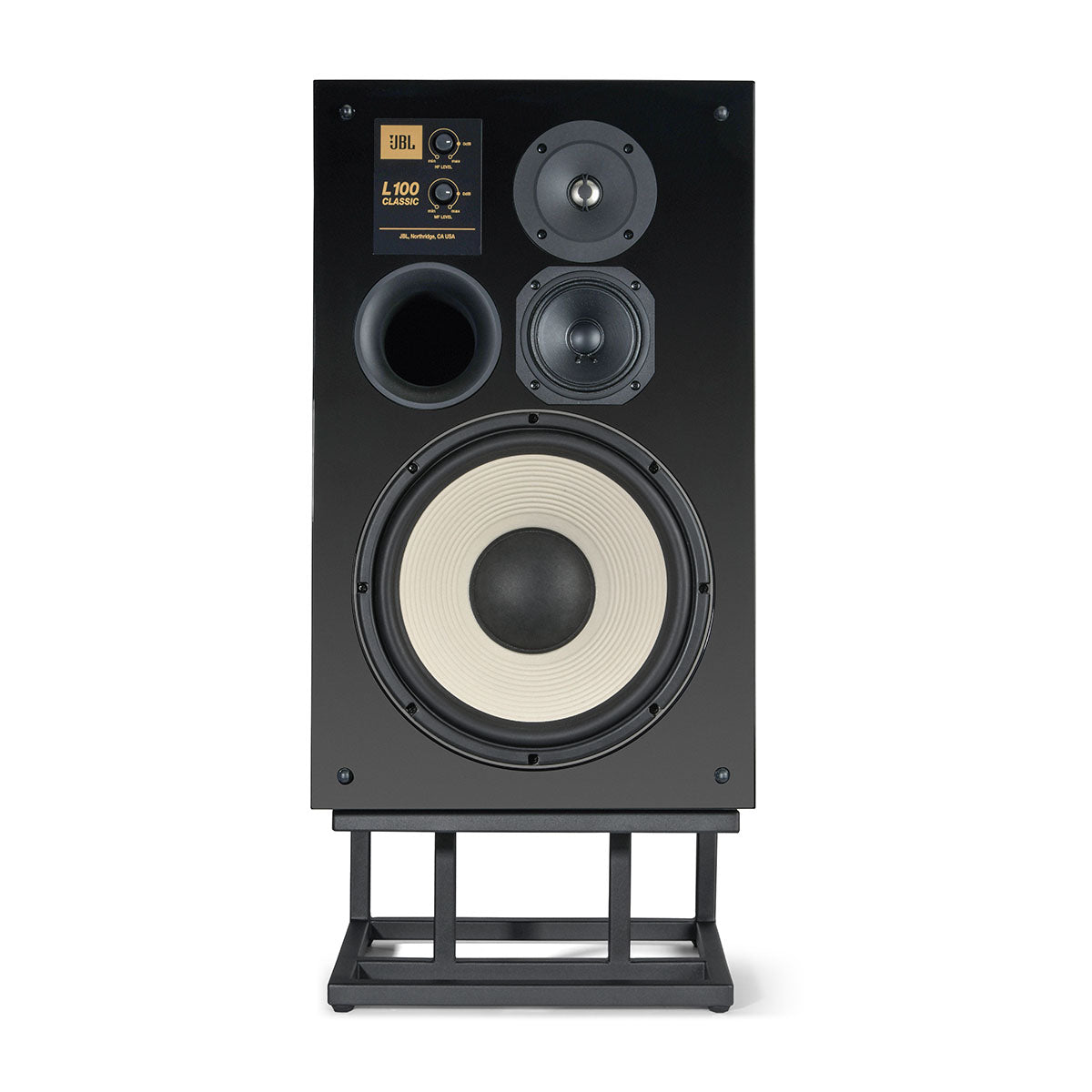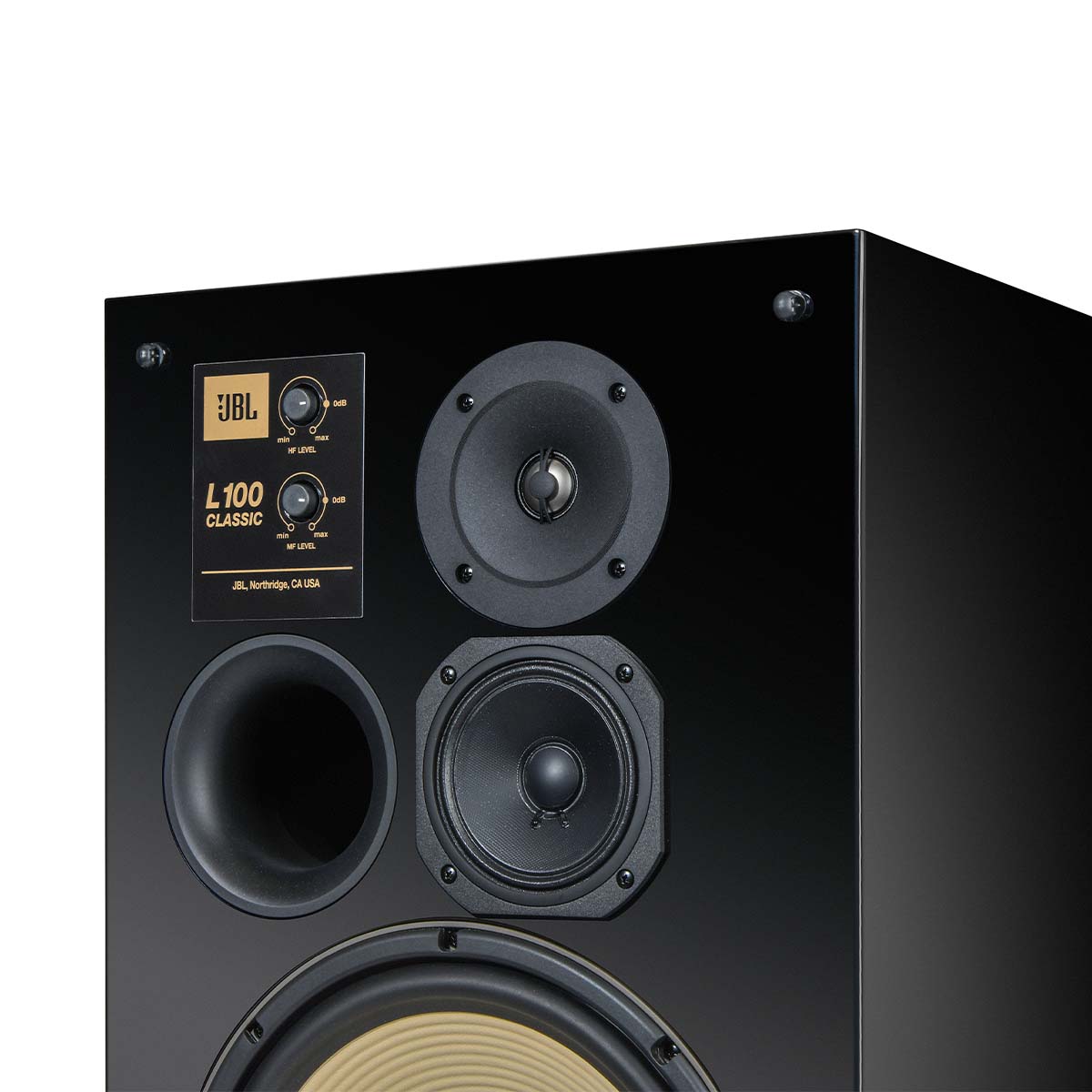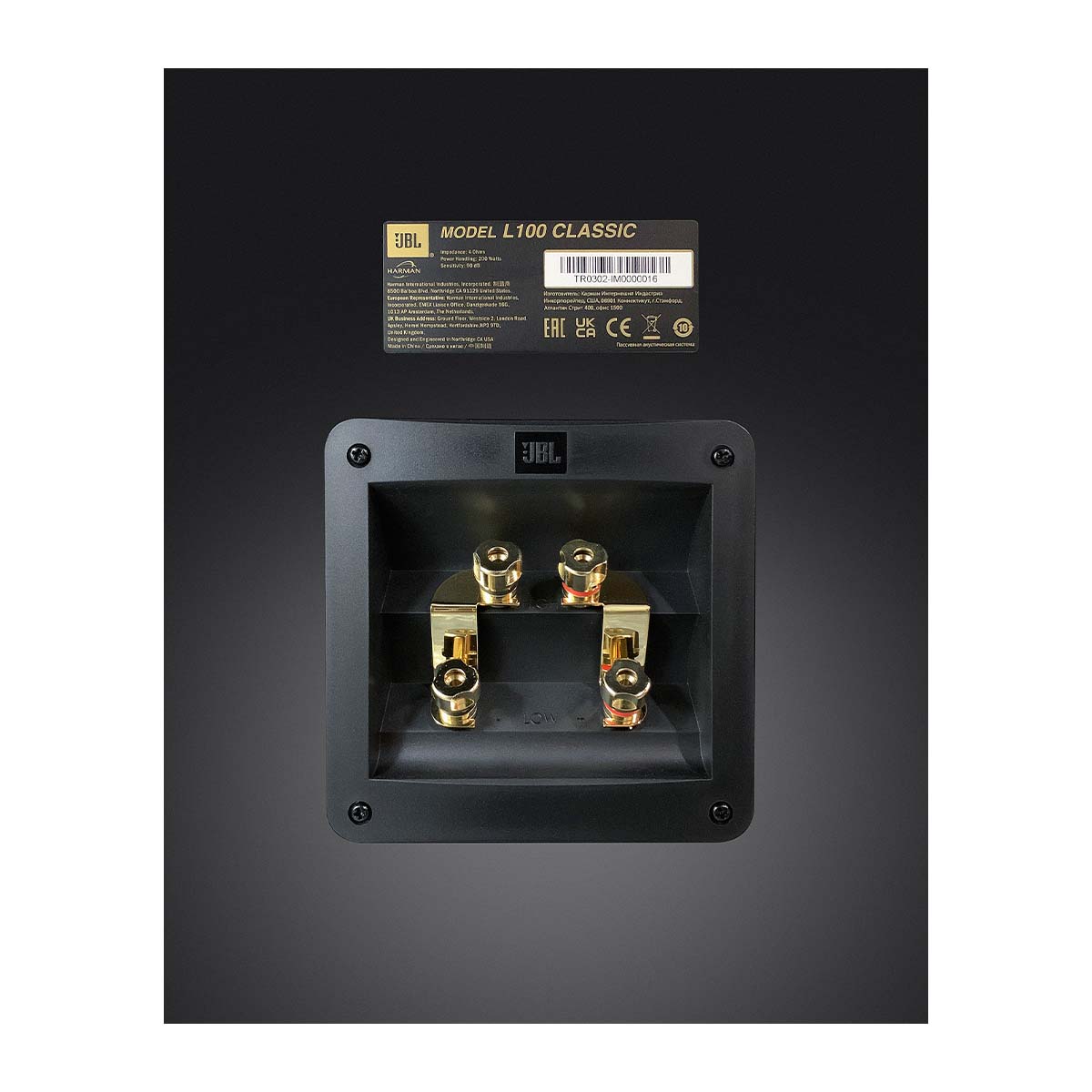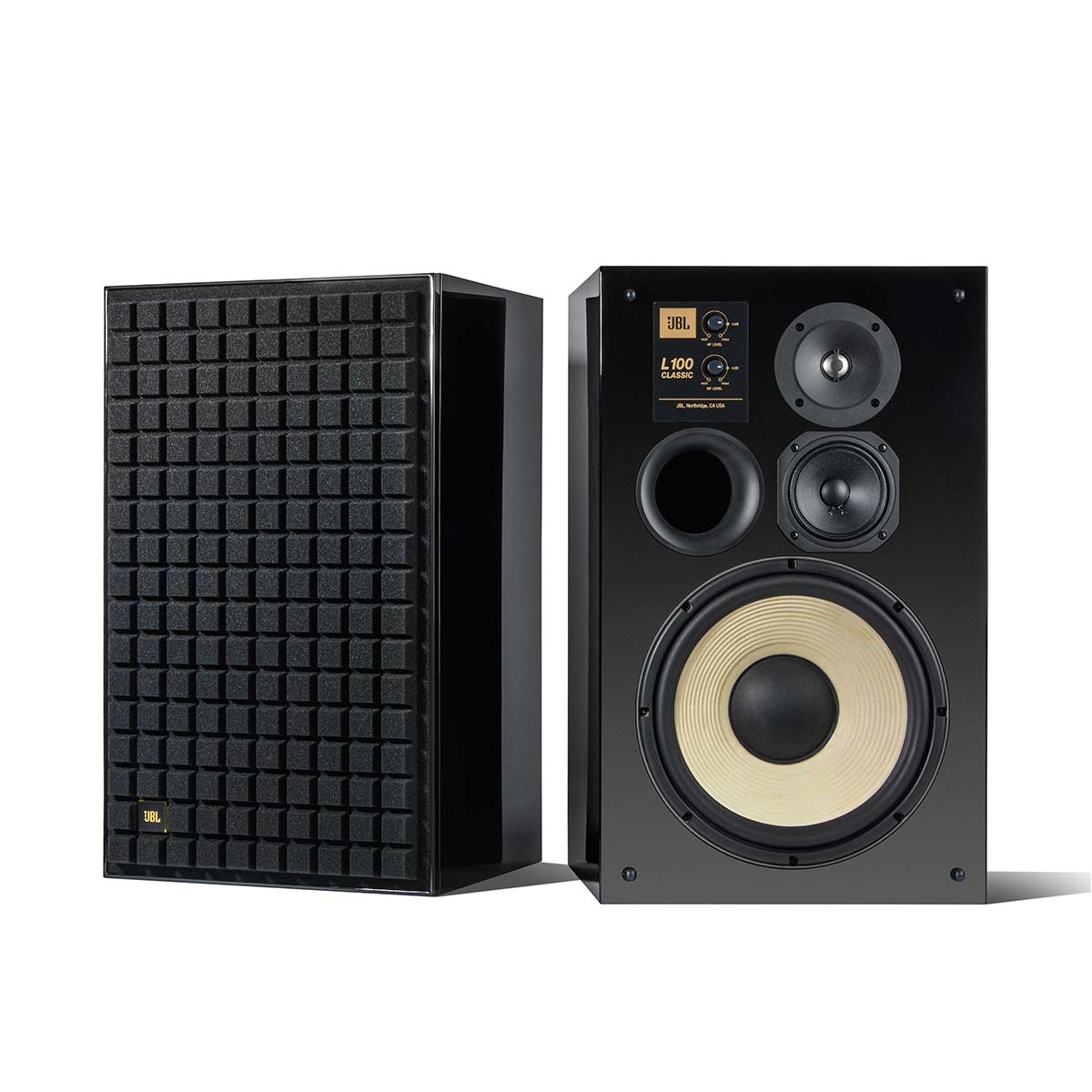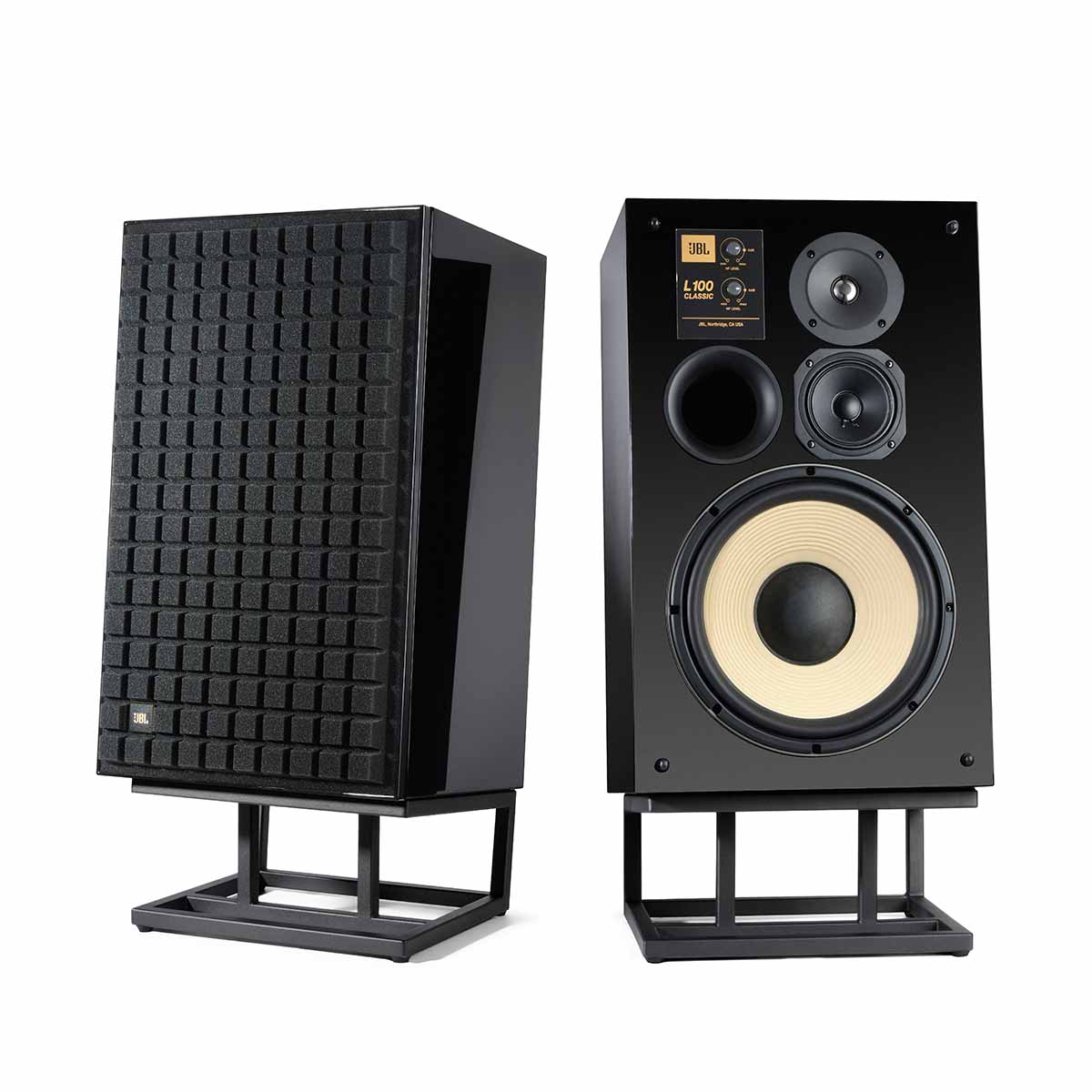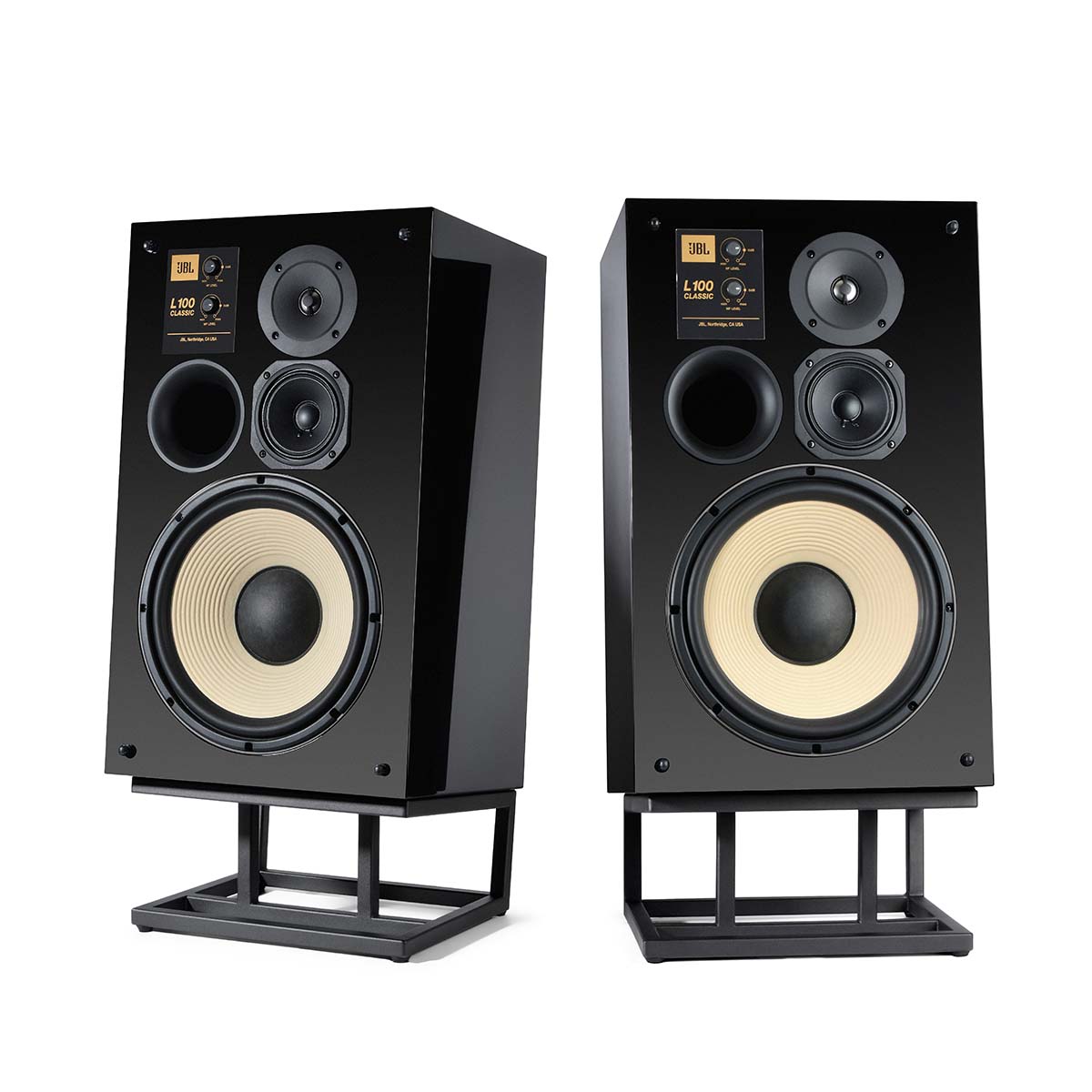JBL L100 Classic Loudspeaker - Limited Edition Gloss Black - Each
JBL L100 Classic Loudspeaker - Limited Edition Gloss Black - Each
Couldn't load pickup availability
Free Shipping On All Orders, No Minimums.
We offer free 2-day shipping on most products within the continental US.
Weekdays - Orders placed by 2pm EST ship same day. Orders placed after 2pm EST will ship the following business day.
Weekends - Orders placed on Saturday and Sunday will ship Monday.
Orders requiring motor freight delivery may take more than two business days. Once your order has shipped, you'll receive a shipping confirmation email with a tracking number for easy tracking.
Orders that contain items that are currently backordered, special order, or out of stock will ship complete once all items are in-stock unless otherwise requested.
If you need it faster, you will have the option of choosing a quicker shipping option when you checkout on the website.
At this time, we do not ship internationally and orders to Hawaii and Alaska may incur an additional shipping charge. Please contact us at 888.899.8776 or email support@audioadvice.com to confirm.
Rerouting and Address Changes
We cannot make ANY address changes once an order is placed. If you are unable to accept delivery of your package as ordered, we will need to cancel your order, return the package to sender and have you replace your order through our website.
Keep the Box
We suggest you keep the shipping box or boxes for at least 30 days. It is actually a great idea to keep boxes for audio products for the life of the product. Having the box and all packing will increase the trade-in value should you decide to move up and they are handy to have should you ever need to send the unit in for repair.
How To Receive a Motor Freight Order
The trucking company will contact you to schedule a convenient time to deliver the order. Please note that you must be present for delivery.
Visually inspect the box to make sure you see no signs of damage. If you notice any damage at all, take some pictures with your phone and make a note of them on the delivery receipt the driver will ask you to sign. If it is obvious that the product is damaged, please refuse the order and contact us immediately at 888.899.8776 or email support@audioadvice.com.
Open your box as soon as possible and inspect the product for damage and contact us if you find anything wrong.
uShip In-Home Delivery
Due to current concerns surrounding COVID-19, uShip is able to offer THRESHOLD SERVICE ONLY at this time. To ensure everyone’s safety, uShip is advising carriers to refrain from making room-of-choice deliveries. Threshold service consists of the shipment being brought into the first door of the address or the lobby of an apartment/condo, and does not include set-up, installation, assembly or debris removal.
What to Expect: Most oversized items will be delivered within 2-3 weeks. Your carrier will place your item inside the first door of the address or the lobby of an apartment/condo.
Appointment Scheduling: Your delivery partner will call 24-48 hours prior to delivery to arrange an appointment window.
How to prepare for in-home delivery:
- Determine the clearest path from the street to your home
- Measure entrances and hallways to ensure your item will fit
- Remove any wall hangings or clutter to ensure a clear path and to prevent damages
- Remove old furnishings to allow placement for your new piece
Check your furniture for damages: We rarely expect damaged furniture, but in the instance it does happen, we have you covered. Once your item’s packaging is removed, check for any damages that may have occurred in transit. Take pictures of any damages and notate appropriately on the delivery receipt. Keep possession of the damaged piece and contact us via phone or email and we’ll start the process to repair/replace your new piece of furniture. For uShip customer support, please call 800-698-7447.
At Audio Advice, we pride ourselves on customer satisfaction. We'll bend over backward to make sure you're 100% satisfied and we won't accept anything less. We offer 30-day hassle-free returns and personalized service from real, live people.
If an item doesn't meet your expectations, you may return or exchange it in its original condition and packaging within 30 days for a full refund, minus shipping fees. Items shipped back in like new condition through standard shipping carriers will only incur a flat fee of $15 to return. If the items were initially shipped through free scheduled delivery via motor freight (commonly referred to as LTL), returning them will result in return shipping fees starting at $150. These items include but are not limited to, oversized items such as TVs, certain subwoofers, floorstanding speakers, furniture, and most items weighing over 75 pounds. Return fees will also apply for exchanges. We want to treat your system as if it is our own and want you to be completely satisfied with your purchase.
Please see the instructions below. We only accept returns for any product purchased directly from our website. If merchandise is not returned in its original condition or is missing packaging, manuals, accessories or other parts, or the resale value of the product has been impaired, a partial refund will be given and calculated on a case-by-case basis.
Non-Returnable Items
The following items cannot be returned or cancelled:
- Special/Custom Order Items
- Open Box Products
- Gift Cards
- In-ear headphones cannot be returned once the packaging has been opened due to personal hygiene reasons. Please contact our customer care team if you'd like help choosing.
-
Turntables With a Broken Stylus: All turntables ship out with the stylus intact. If you return a turntable or phono cartridge with a broken or missing stylus you will be subject to a return fee. Please be careful when setting up your turntable and contact us with any questions.
Is It Easy To Return An Item?
Yes, simply give us a call at 888.899.8776 or you can email our support team at support@audioadvice.com. Many times our team of experts can help figure out why the product might not be working like you expected and get things fixed over the phone, so don’t be surprised if we ask a few questions, we love troubleshooting!
If our tech help can not make you happy, we will email over a return shipping label with a Return Number.
Hopefully, you saved all of the original item’s box and packaging inserts. You will want to pack back up your return or exchange in the same way it came out of the original box. Once you have everything packaged correctly, tape the box on the top and bottom to assure it stays together. If Audio Advice shipped the item to you inside a second box, it's a good idea to use that same extra box to help prevent damage on its way back to us. To avoid it accidentally coming back to you, use a magic marker to cross out the old shipping label or just tear it off.
The return shipping label we send you will have our address on it, just make sure you take the box to the right shipper (UPS, FEDEX, or USPS) as per the label.
If you are close to one of our stores, please let us know if it is more convenient for you to return it to us directly. You will still need to get a return number by contacting us and shipping and/or restocking charges may apply.
When Will I See My Refund?
It usually takes around 7-14 days for the refund to show up on the payment method you used. We do inspect all returns for damage and accuracy of the item inside the box before issuing a refund. Some items may be subject to shipping and restocking fees.
Can I Exchange My Purchase For Something Different?
Sometimes those big speakers just don’t fit in the room or you might have bought a small subwoofer and later found out you’d love a bigger one. If you would like to make an exchange within 30 days of receiving your item, just give us a call at 888.899.8776 or email support@audioadvice.com and we will help work out the details. Additional shipping charges and return costs may apply.
How Do I Cancel An Order?
If the item has already shipped out or is a special order item, it is not possible to cancel the order. Please contact us at 888.899.8776 or email support@audioadvice.com to start the return process.
What If I Find Shipping Damage?
We need to know right away about any shipping damage. Please contact us at 888.899.8776 or email support@audioadvice.com within 48 hours of your delivery so we can get the ball rolling on making things right. It’s very helpful to take some pictures and email them to us if possible.
Can I Refuse A Shipment?
You can, but unless the item is damaged, shipping and restocking fees will be deducted from your refund. If your item arrives damaged and you are lucky enough to be there, snap some quick pics and refuse the order. Then contact us so we can get a replacement on the way.
What Happens If My Order Is Defective?
This is actually pretty rare, most consumer electronics work fine out of the box 99.9% of the time. We’d like for you to contact us first by calling 888.899.8776 or email support@audioadvice.com so we can help get to the bottom of things. If your item is indeed defective during the first 30 days, we can usually exchange it for a new, replacement unit.
What About Service After 30 Days?
Audio Advice has a great relationship with all of our brands and can help you with warranty service by the brand after our 30-day guarantee period. Even after the warranty expires, we can arrange for service by the brand on products purchased from Audio Advice. Just call 888.899.8776 or email support@audioadvice.com.
How Do You Determine A Restocking Fee?
You may not believe it, but sometimes we receive items back that were put in the box with zero packaging and are completely destroyed or are missing many of the pieces that came with the item. We also track serial numbers and will get back different serial numbers. We’ve even seen different items than what we shipped out be returned. However, it’s very important to package your return properly so that nothing goes missing or gets damaged in shipping, which will result in a restocking fee or even no refund at all. If a product is opened and the market value of the product is reduced, then a restocking fee may be applied to the cost of restocking and the reduced market value of the product. The bottom line is if you treat us fairly, we will do the same.
Audio Advice strives to provide industry-leading support and service while also maintaining the lowest prices available on products for our customers. We work hard with our vendors to bring our customers the best products at each price point. As a part of that process, we work with our vendors to provide the lowest pricing in our stores and on our website.
Our prices should always be the same as any other authorized dealer, including big-box retailers and major online retailers.
If you believe that you have found a lower advertised price from a legitimate authorized seller, call us and let us know so we can make sure we can correct any inadvertent error on our side. As a matter of policy, we update our prices automatically if a vendor changes its authorized pricing policies, so we generally have the best prices all the time. Increasingly, there are knock-off copies of products online, usually sold by non-authorized dealers.
Please be sure that the item meets the following conditions:
- The item is brand new, in stock, and available for purchase
- The item has the identical model number, color, etc as the item on our site.
- The seller is an authorized dealer
As always, our goal is to provide a terrific customer experience, including industry low prices. We appreciate your support.
Overview
The L100 Classic is the modern take on the all-time best-selling JBL L100 loudspeaker. With the Black Edition Appearance package, the enclosure of the L100 is treated to a luxurious gloss black finish and includes several upgrades to the speaker's drivers and crossover.
Sold individually.
The High Notes
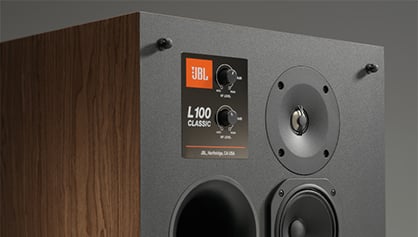
A Modern Classic
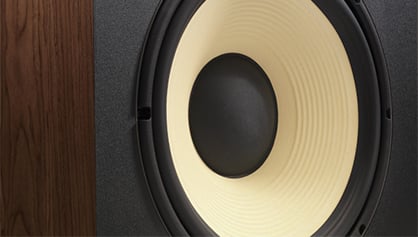
Feel Your Music
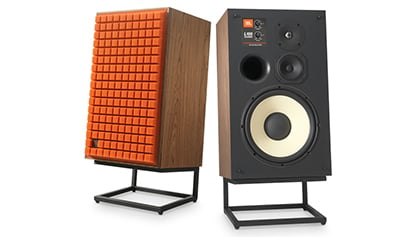
Rock and Roll Meets Subtle Nuances
In 1970, JBL released the iconic L100 Loudspeaker. Over the years, the L100 became the bestselling loudspeaker in JBL’s history. In 2023, JBL is proud to bring you the JBL L100 Classic Limited Edition, a modern take on a time-honored legend. The Classic features vintage styling, including a retro-inspired design and iconic Quadrex foam grille, along with newly developed acoustic technology and designs for elite performance. The 1-inch titanium dome tweeter is mated to a waveguide with an acoustic lens for optimum integration with the 5-inch pure-pulp cone midrange driver directly below it. Powerful bass is provided by a 12-inch cast-frame, white pure-pulp cone woofer in a bass-reflex enclosure, tuned via a single front-firing port tube. The high-frequency and mid-frequency L-pad attenuators on the front baffle preserve the classic features of this iconic legend.
Limited Edition Gloss Black
With the Black Edition Appearance package, the enclosure of the L100 is treated to a multi-step, labor-intensive painting process that starts with a black base coat and ends with a luxurious high-gloss finish, resulting in a mirror-like exterior that reflects its surroundings.
The high-gloss process also provides a subtle radius to the edges of the cabinet, giving it a softer look overall. To complement the black cabinets, the cabinet features special gold labels on the front, around the attenuator level controls, and on the rear, above the input terminal cup. Black Quadrex foam grilles are accented with unique gold JBL badges to visually identify this model as a special-edition product.
The Black Edition Performance Package includes an upgraded woofer design that benefits from improvements to its linearity, which help reduce distortion (L100 and L82 only). The tweeter and midrange drivers have also been treated to refinements that deliver higher levels of performance.
Additional upgrades include a change to the crossover design to provide dual inputs for use in bi-wiring applications, while a new input terminal cup includes dual sets of premium gold-plated binding post terminals for a secure connection to a variety of loudspeaker cable and connector types.
- Black Gloss finish on all sides, front/back
- One-time production, limited quantities
- 12-inch white cone, pure pulp woofer with cast frame
- 5-inch pure pulp cone midrange
- 1-inch titanium dome tweeter
- Bass-reflex design with front-firing port
- High-frequency and mid-frequency L-pad attenuators
Details & Specs
Company & Product Overview
The history behind the speaker we are reviewing today is so interesting that we have to go into some details for you. James B Lansing formed a speaker company in 1927 called Lansing Manufacturing in order to produce speaker drivers for radios and consoles. His company later developed a horn speaker for the movie industry that won an Academy Award in 1936. In 1947, James B Lansing left Lansing Manufacturing to form the brand we all know so well today, JBL. In 1969 two very big things happened to JBL. They were the speaker of choice at the Woodstock Music Festival, firmly entrenching them into the professional music world, and in the same year, they introduced the original model L100 which was based on their Model 4311 studio monitor. These went on to sell over 125,000 pairs in the 1970s.
JBL speakers are the choice of professionals in every aspect of the music and film business from recording studios, to post production facilities, to live concert events, commercial movie theaters, and some of the finest home audio and home theater systems in the world. The most famous ad for a JBL product was not even done by JBL but by Maxell Tape in 1980. Maxell ran a double page ad in The Rolling Stone Magazine that featured an L100 speaker blowing back the hair, tie, lamp, and drink of the listener. That original poster now hangs outside our founder’s all JBL theater as he also owned a pair of those famous L100s in 1977.
That famous L100 will celebrate its 50th birthday in 2019 and to honor this legend, JBL has introduced the L100 Classic, the subject of today’s review.
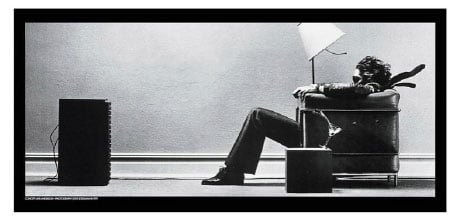
JBL L100 Design & Build Quality
If you were growing up in the 70s and were listening to music (and who wasn’t), it is likely you coveted a pair of the JBL L100s. They epitomized rock and roll at that time. With their outrageous orange or blue foam sculpted grills, they had the look of a mean, rebellious speaker. When you removed this grill from the big walnut cabinet you were struck with a three way speaker using a 12” white woofer that was so unique for its time. The sound they produced was classic rock and roll that was big, loud, and fun to listen to. Anyone who was lucky enough to own these was the envy of all their music loving friends. Interestingly enough, now these classic speakers typically sell on eBay for more than their original price. When we heard JBL was going to re-introduce this classic, we could not wait to get our hands on a pair of them. We do need to make one thing very clear on the JBL L100 Classic, it is not just that 50 year old speaker re-introduced using the same components. Even though on the outside, it has a similar appearance, every part of it is brand new. When you pull these out of the box, be sure you have a friend around to help as they weigh in at almost 60 pounds each! The beautiful walnut cabinet is quite large with dimensions of roughly 25” by 15” by 15”. While you might could find a bookshelf to sit these on, they look stunning on the optional floor stands that tip them back just a bit. The iconic sculpted grill of the 70s is back with improved materials and mounting system. We love that JBL went for the classic blue and burnt orange colors for the grills. And for those of you wanting a more tame outlook, a charcoal grey is available. You’ll want to be able to pull these off to show off the beautiful speaker drivers and we could not ask for a better fit than you get with the removable wood and foam grill frame. Let’s take a look at all of the new tech inside the JBL L100 Classic.
Features & Technology
When you are a company that provides sound for some of the most important events occurring around the world, you had better have a great engineering team. JBL prides itself on using science and blind listening tests in the design of all their speakers. Their professional division has decades of experience in music reproduction and we love the way the tech used in some of their most expensive studio speakers filters down into their more affordable home components. The 12” woofer comes from technology JBL developed for its $45,000 Project K2 S5800 speaker. This is their most linear driver to date with the ability to move a ton of air with minimal distortion of the cone. The pure pulp cone is coated with their famous aqua plus coating to improve damping. When you see this driver in the raw, it is obvious it has a huge magnet structure, enabling it to punch out deep bass like nothing else in its category. If you can find an old picture of the JBL L123A bass driver used in the original L100, you will see they are just two totally different components!
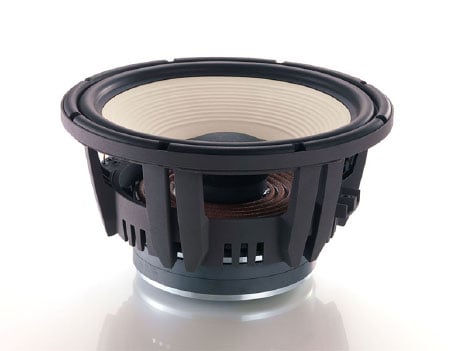
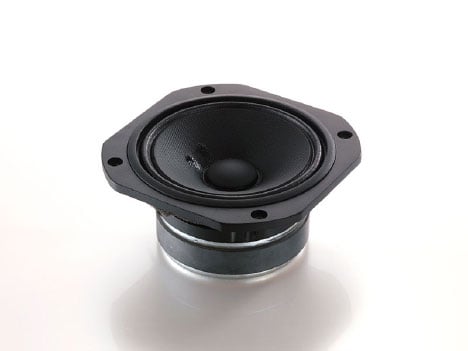
The 105-A midrange driver used in the L100 Classic is polymer coated and has a magnet structure larger than you find on some entry levels speakers woofers. The pure pulp midrange driver has a cast basket with a voice coil winding capable of handling lots of power.
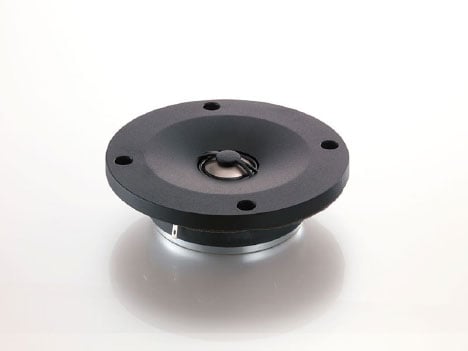
JBL has done a lot of research on how a waveguide can improve the performance of a tweeter and their new JT025Ti1 tweeter exemplifies this concept. The 1” titanium dome tweeter sits in a waveguide designed for wide and accurate dispersion.
Almost all of the JBL studio monitors for the last 50 years have included controls on the front panel to adjust the level of the midrange and tweeter and the L100 Classic gets their latest version of these. Every room does have its own acoustic characteristics which makes these adjustments come in very handy in an overly damped or super reflective environment.
A test you’ll see us performing on all new speakers at Audio Advice is simply wrapping our knuckles on the side of the speaker cabinet. This usually gives us a good idea of how well braced internally the cabinet is. JBL uses extensive bracing inside the beautiful walnut covered MDF cabinet which is apparent with a simple knuckle rap!
Another area of speaker design that has drastically changed over the last few years is the port. Over half the speakers on the market use a ported design which allows for greater efficiency, but of course you have to do it right for it to be a great speaker. This is also an area where the difference in the original L100 and the new one are very different. The port on the original was in the upper right hand corner and was just a simple hole in the cabinet with a cardboard tube behind it. The new port is tapered to reduce air noise which can be a downfall of a not so great port design.
Finally, on the rear of the L100 Classic you’ll find a solid pair of binding posts. This is one area where we think they could have moved up 50 years and offered bi-wire capable binding posts as many of their other new speakers have this option. The connections though are much nicer than the little push pin connections on the originals though.
As you can see, just about the only thing similar to the original L100 and the new L100 Classic is their dimensions, however, in our listening tests we did find one or two things that reminded us of the old ones.
Performance
In this fun business of playing around with great audio equipment, there are some times that just stick in our memories for a long while. This is where the original L100 and the L100 Classic have a couple of things in common. When you listened to music for the first time on the original ones, you usually wound up smiling ear to ear. Before too long, you were pulling out your favorite record and moving the volume control up several notches! Yes, causing grinning while listening and inducing the urge to crank things up is ever present with the new L100 Classic as well!
Listening to music at home is all about recreating that live experience at home and we must say, these new L100 Classics knock the ball out of the park in this regard. To pay homage to the classics, our first tests included Led Zeppelin’s “Communication Breakdown,” The Rolling Stones’ “Gimme Shelter,” and ELO’s “Turn to Stone”. With each cut, we just grinned ear to ear as these rock classics filled the room with a rich, full sound.
We then switched to something totally different doing “Just a Little Lovin’” by Shelby Lynne. This cut starts out with some very subtle percussion which showed us these L100 Classics can not only do rock and roll amazing well, but also can give you those nuances you expect to hear on something like a high performance electrostatic. The sound of the brush on the high hat is super smooth, then you can hear the decay of the snare pop. When her voice comes in, it floats right in front of you.
Our next track was from Keb’ Mo’ called “Just Like You”. When the bass guitar comes in, you can really hear the advantage of that great 12” woofer. It has a slam and power you just do not get with 2-3 6” woofers you’ll find on some speakers. The room completely fills with powerful deep bass you can feel!
Next up was “Lenny” from Stevie Ray Vaughan & Double Trouble. The particular track is long, haunting and very bluesy. Of all the cuts we played, this one really showed off how detailed and delicate this speaker can be, yet slam you when the dynamics of the music calls for it. The light percussion sounds are super refined, the bass guitar sounds like it's right in front of you, and the guitar riffs float from speaker to speaker, sounding exactly like you would expect a guitar in the room to sound.
These last three tracks also really show off how much better the new L100 Classic is than the original. Those original ones could never give you those subtle nuances in the top end. The bass punch and authority is also improved but there is a huge difference in the speed of the bass attack (at least from 40 years of audio memory).
In summary, we do not think these are just great speakers for playing rock and roll loudly. They do that extremely well, but they can also run with anything in their price range on jazz, classical, and light acoustic. This means that you can have a classic looking speaker that performs with the best competition in its price range.
Overall Recommendation
The new L100 Classic has the outward appearance of the original, with its vintage burnt orange or blue sculpted grill (or charcoal grey for a tamer look). This will not appeal to everyone, but it sure makes us smile every time we look at it! Don’t let this look fool you though, this is one serious speaker that can give you the delicacy of the best electrostatics, then not skip a beat and fill your room with rock and roll that can blow your hair back like that original Maxell ad! An additional advantage of the L100 Classic is that they are not power hungry at all. At 90db in efficiency, they will be able to work very well with a modest amplifier.
| Model | L100 Classic |
|---|---|
| Type | 3-way Bookshelf Loudspeaker |
| Low-Frequency Transducer | 12-inch (300mm) pure pulp cone woofer |
| Mid-Frequency Transducer | 5.25-inch (125mm) polymer-coated pure pulp cone |
| High-Frequency Transducer | 1-inch (25mm) titanium dome with soft surround |
| Frequency Response | 40Hz – 40kHz (-6dB) |
| Sensitivity | 90dB (2.83V/1m) |
| Power Handling | 25 - 200 Watts RMS |
| Crossover Frequencies | 450Hz, 3.5kHz |
| Impedance | 4 Ohms |
| Controls | Attenuators for MF and HF drivers |
| Connectors | Dual gold-plated binding posts |
| Dimensions (HxWxD) | 25.06" x 15.34" x 14.625" |
| Weight | 58.5 lbs |


